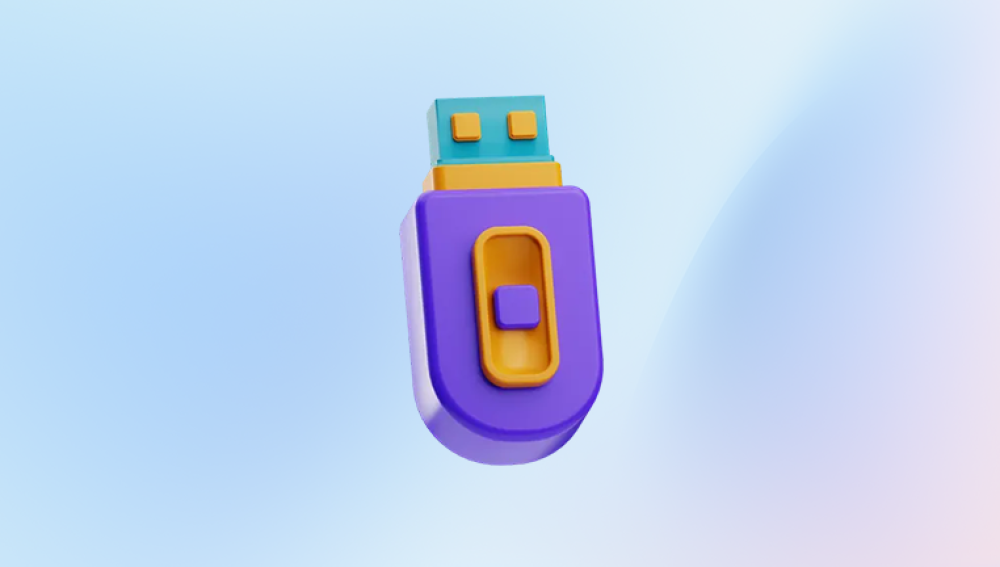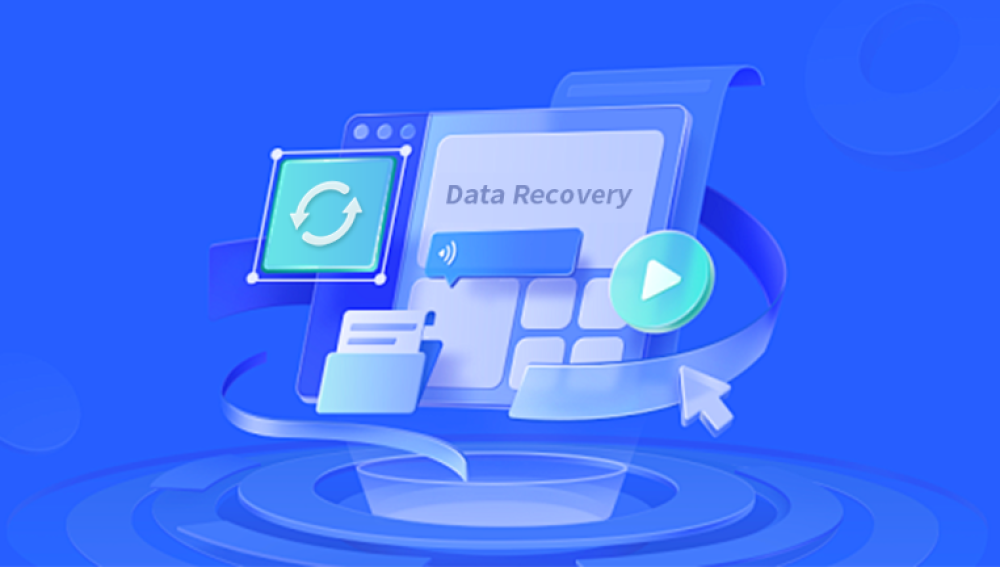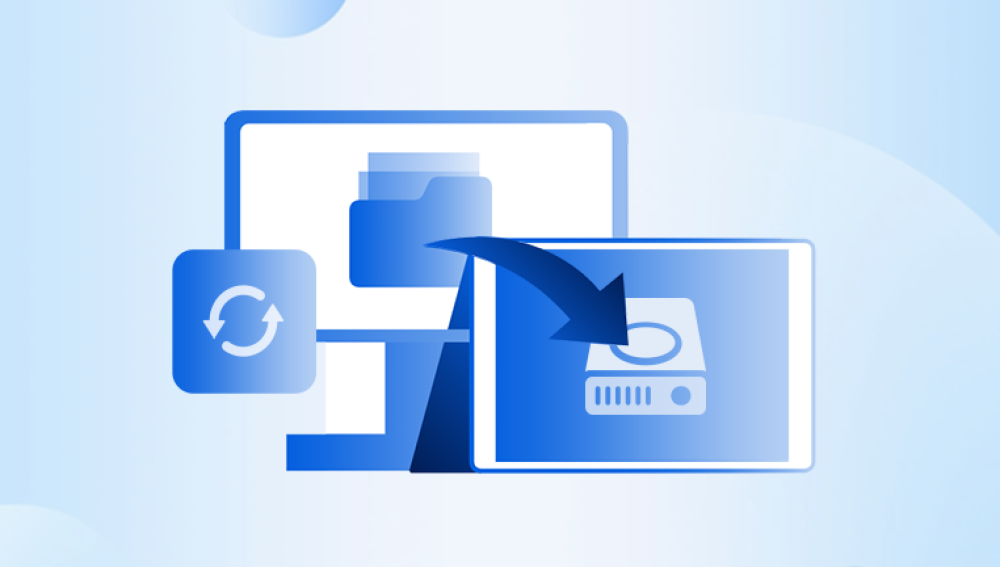Before diving into recovery methods, it’s important to differentiate between types of damage that might occur to a hard drive:
Physical Damage: This is caused by external forces, such as dropping the drive, electrical surges, water damage, or mechanical failure. Physical damage often results in a drive that is completely unresponsive or makes strange noises, such as clicking or grinding.
Logical Damage: This type of damage occurs when the file system becomes corrupted or the data itself is deleted or lost. This is typically due to issues such as accidental deletion, formatting errors, or virus attacks. The drive itself is still functional, but the data becomes inaccessible.
Step 1: Identify the Problem
Before proceeding with any recovery attempt, it’s essential to understand whether your hard drive is suffering from physical or logical damage, as the recovery approaches vary widely.

Symptoms of Physical Damage:
Clicking or Grinding Sounds: A clicking or grinding noise is often a sign of a mechanical issue, such as a failing read/write head or platter damage.
Drive Not Spinning: If the hard drive isn’t spinning up when connected, it could indicate internal motor failure or a problem with the power supply.
No Power: A lack of power may indicate issues with the drive's circuit board or power connection.
Symptoms of Logical Damage:
Corrupted or Missing Files: If your files are present but seem corrupted or unreadable, it could be a sign of file system corruption.
Drive Not Recognized by OS: Sometimes the drive won’t show up in the operating system’s file explorer but still appears in the device manager or BIOS.
Accidental Deletion: You might have unintentionally deleted files or partitioned the drive incorrectly.
Step 2: Try Basic Troubleshooting
If you’re dealing with logical damage, there are several basic troubleshooting steps you can try before resorting to advanced recovery techniques.
Check the Cables and Connections: Ensure that your hard drive is properly connected to the computer via a working cable and port. If possible, try using a different cable or port to rule out connection issues.
Use Disk Management or Disk Utility: If the drive isn’t showing up in Windows Explorer or Finder, try using the Disk Management tool (Windows) or Disk Utility (Mac) to check if the drive is recognized at a low level.
Run CHKDSK (Windows): If the drive is recognized but you can’t access the files, run the CHKDSK utility to repair potential file system errors:
Open Command Prompt as an administrator.
Type chkdsk X: /f (replace X with the drive letter of your hard drive).
Let CHKDSK scan and repair the drive.
Try the Drive on Another Computer: Sometimes, the issue may be with your computer or operating system. Testing the drive on another computer can help rule out this possibility.
Step 3: Data Recovery Software for Logical Damage
Drecov Data Recovery is a powerful software tool designed to help users recover lost or deleted data from a wide range of storage devices, including hard drives, USB flash drives, memory cards, and external drives. The software is particularly useful for situations where files have been accidentally deleted, lost due to formatting, or become inaccessible due to system crashes or corruption. Drecov Data Recovery utilizes advanced scanning algorithms to detect and retrieve deleted files, even those that have been partially overwritten, making it a reliable solution for data recovery.
One of the key features of Drecov Data Recovery is its user-friendly interface, which makes it accessible for both beginners and experienced users. The recovery process is straightforward, involving just a few simple steps. First, the user selects the drive or device from which they want to recover data. The software then performs a deep scan of the selected device, searching for recoverable files. After the scan is complete, Drecov Data Recovery displays a list of found files, allowing users to preview and choose which ones to restore.
The software supports a wide variety of file formats, including documents, images, videos, audio files, and more. It can also recover data from devices that have suffered from logical errors or physical damage, such as corrupted hard drives or malfunctioning flash drives. Drecov Data Recovery also offers a “Wizard Mode,” which guides users through the recovery process with step-by-step instructions, making it even easier to recover lost data.
Step 4: Professional Data Recovery Services for Physical Damage
If the hard drive is suffering from physical damage, data recovery becomes more complex and should ideally be handled by professionals. Physical damage can affect delicate components of the hard drive, and attempting DIY fixes could result in further damage or permanent data loss.
When to Seek Professional Help:
The drive makes clicking, grinding, or buzzing sounds.
The drive does not spin up at all.
The drive is physically damaged or submerged in water.
You’ve tried DIY methods and still cannot recover the data.
Professional Data Recovery Process:
Assessment: The first step in a professional data recovery process is an assessment of the damage. Data recovery specialists will inspect the drive and determine the nature of the problem—whether it’s a damaged platter, head crash, motor failure, or PCB issue.
Clean Room Environment: If the damage involves the drive’s internal components (e.g., platter or read/write heads), the recovery process will take place in a clean room. This controlled environment minimizes the risk of dust or other contaminants interfering with the delicate components during the recovery process.
Repair and Recovery: Depending on the type of physical damage, the specialists may need to repair or replace damaged parts (like the head or motor) before retrieving the data. In some cases, they may use specialized tools to bypass failed components to access the data directly from the platters.
Data Extraction: Once the drive is operational, the data can be extracted and saved to a new drive. At this stage, specialists will ensure that all recoverable data is copied without further risk to the drive.
File Restoration: After the data is recovered, the technicians will organize it into a usable format and transfer it to another device.
Cost of Professional Recovery:
The cost of professional data recovery varies widely depending on the extent of the damage, the amount of data to be recovered, and the service provider. Prices typically range from $300 to $2.000 or more, particularly if there is significant physical damage to the drive.
Step 5: Preventing Future Data Loss
After recovering your data, it’s important to take steps to protect your files from future loss. Here are some best practices to minimize the risk of data loss:
Regular Backups: Use cloud storage or external hard drives to back up important files regularly. Set up automated backups to ensure your data is always protected.
Use RAID Arrays: For more robust data protection, consider using a RAID array, which mirrors data across multiple drives for redundancy.
Invest in Surge Protection: Power surges can damage hard drives. Use surge protectors to prevent electrical spikes from damaging your hardware.
Handle Drives Carefully: Physical damage can occur due to mishandling. Always store hard drives in safe, dry environments and avoid dropping them or subjecting them to extreme temperatures.
Use Antivirus Software: Viruses and malware can lead to data corruption. Keep your system secure with up-to-date antivirus software and a firewall.




